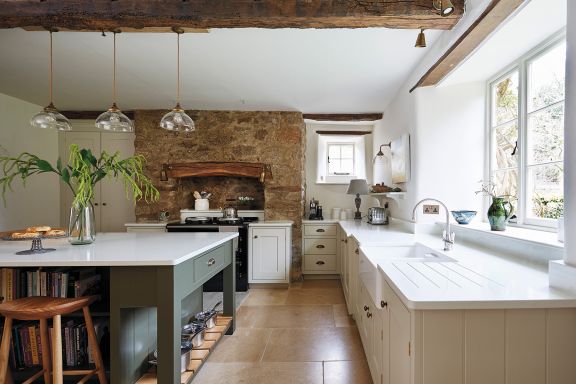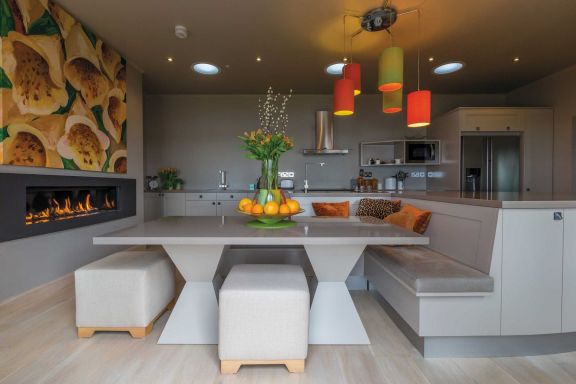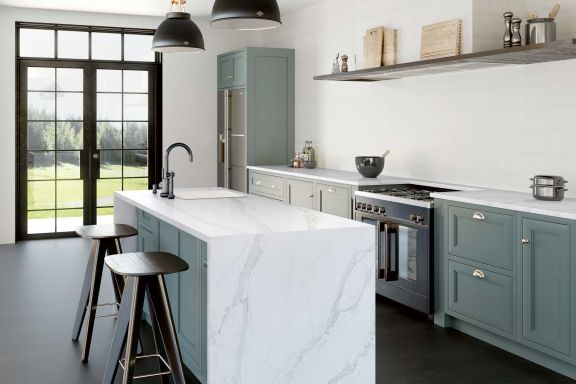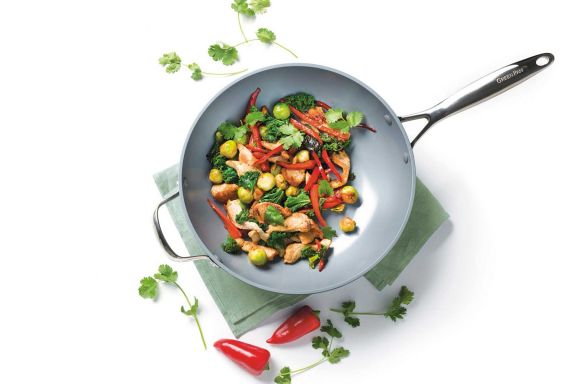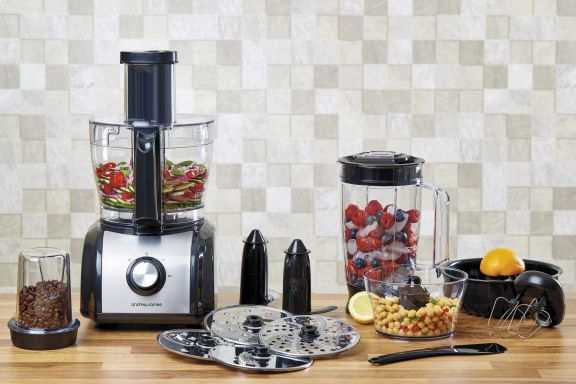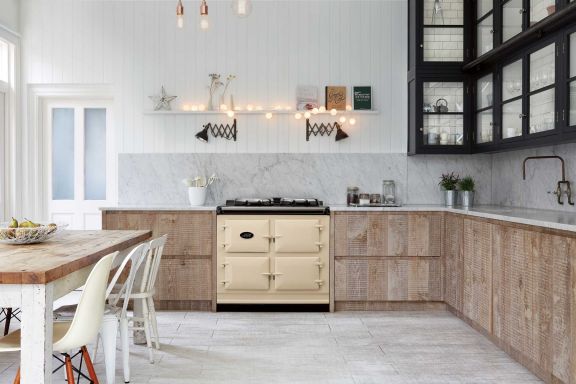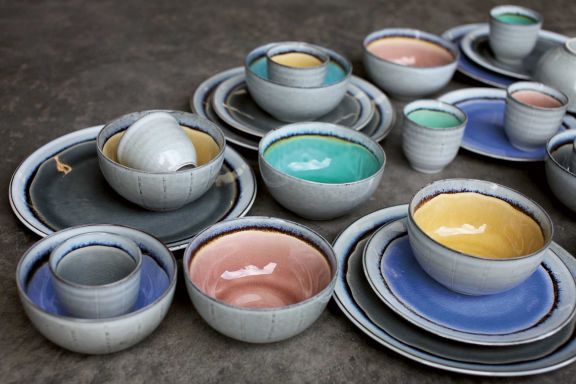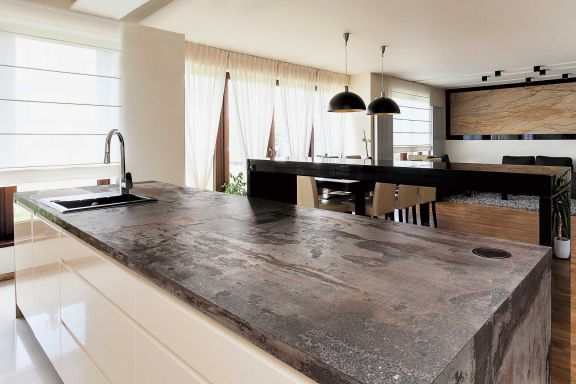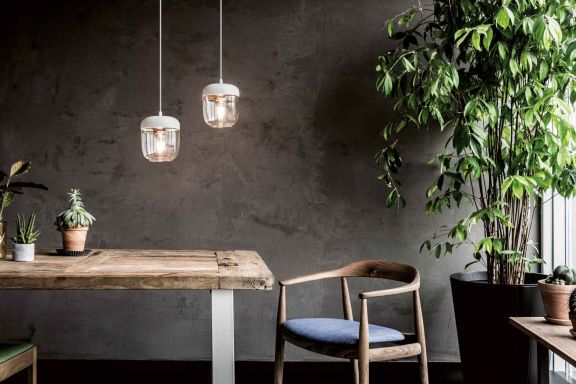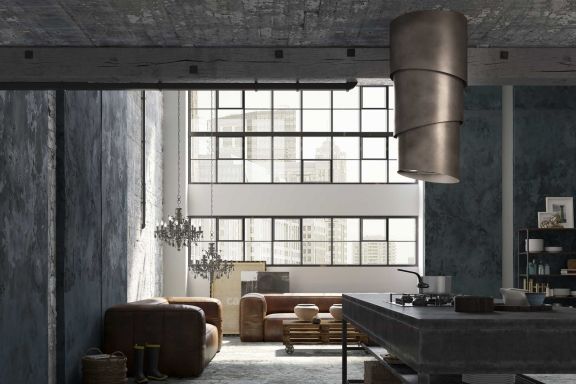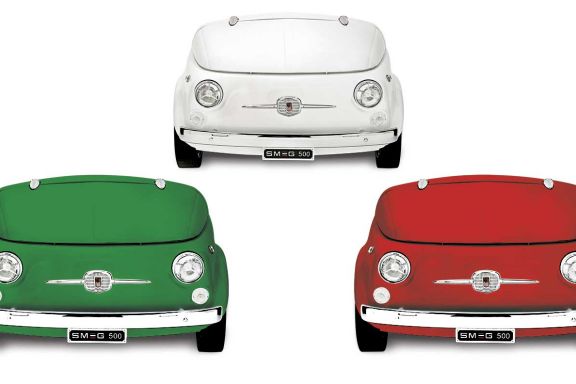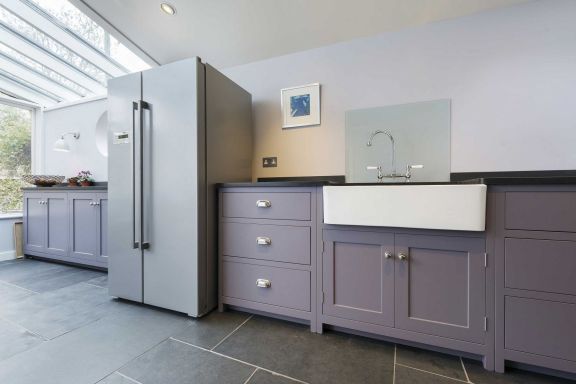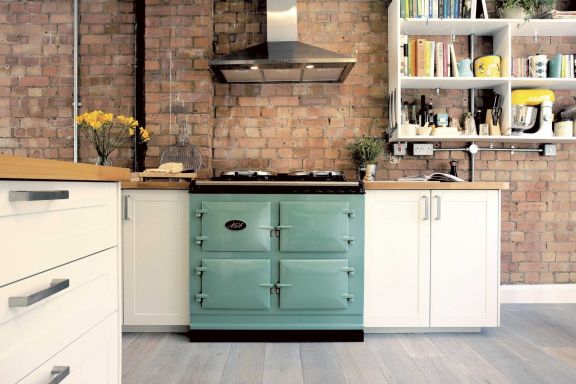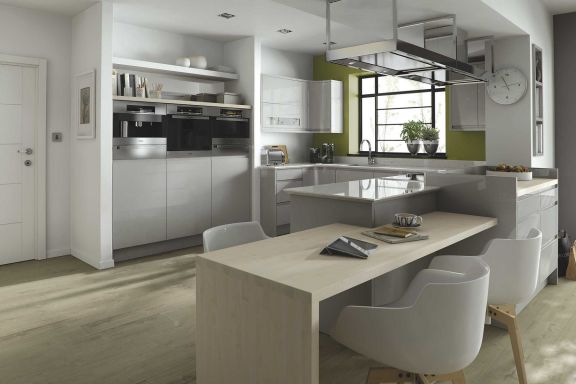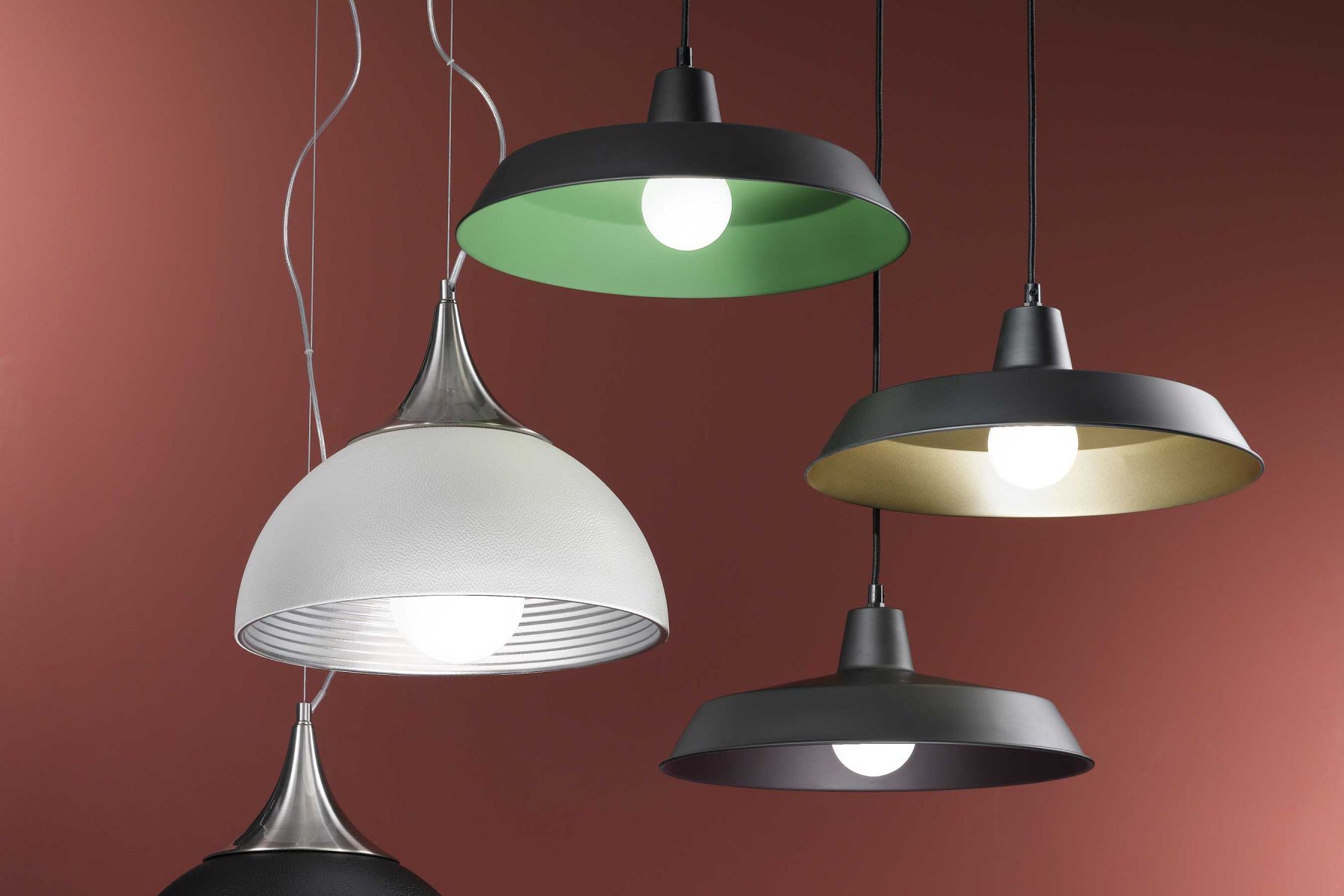
Kitchen Feature
Bright Ideas
How you illuminate your kitchen has a big effect on the ambience. Sue Cade talks to local experts to find out what’s on trend
Sue Cade
1 January 2015
Devon’s lighting experts certainly know what works when it comes to the kitchen. No fluorescent strips in evidence here, unless they’re tucked away under the upper kitchen cabinets to give a subtle, convenient light.
David Amos from Amos Lighting in Exeter believes that the art of good kitchen lighting is to create a balance between effective working light and soft mood lighting. “As well as good lighting for food preparation, the ability to have concealed or niche lighting is just as important, and any available opportunity to conceal light should be considered. Such background light may not appear important, but is a critical factor in making a kitchen space interesting to the eye.”
David suggests that areas to consider where background light may be used include above kitchen cabinets, to reflect light off the ceiling, and niche lighting where possible. He adds that his customers tend to want something out of the ordinary. Popular just now are smaller light fittings over kitchen islands to accentuate this favoured spot; the Tom Dixon Beat Lights range includes some chic pendant designs.
You may be lucky enough to have a kitchen big enough to warrant a chandelier. A good place to look is one of the two ASH Ironworks forges in Branscombe and Powderham near Exeter. These chandeliers are individually made. “We have traditional styles for older properties such as barn conversions, and more contemporary options for a modern setting,” says master blacksmith Andy Hall. “We also carry out bespoke work and can make any design to the customer’s requirements.”
In addition to chandeliers, the forges make wall lights, including a beautiful lily style available as a single or double. For the most tranquil lighting of all, there is a wonderful selection of iron candlesticks including an eight-candle chandelier.
North Devon’s Tuscanor Lighting manufactures lighting solutions for customers nationally and internationally. Owner Sally Anne Allen says the company has recently introduced a range of exterior and interior bulkhead lights. “Bulkhead lights for outside walls never go out of fashion and these factory-style fittings are now being used increasingly inside residential premises to add a vintage industrial look to a living or working space – they’re a fun addition to any kitchen or other room.” One of Tuscanor’s specialities is mixing industrial components with traditional chandeliers to complement modern interiors. “Our chandeliers are ‘dimmable’ and the vintage reproduction bulbs we use mirror the fashion of the 19th and 20th centuries. They cast a warm glow perfect for dinner parties and intimate meals.”
For those who wish to combine lighting with art and care of the environment, conservation and furniture design expert Andre Daniel from Artisan Homes in Modbury uses English-grown, sustainable timber to create his unique light installations. “A lighting source is the thing that immediately draws the eye,” Andre explains. “The intention behind my work is to give customers something that will be admired.”
One of Andre’s most popular ranges is Moths to the Light, individual table lights that include three lovingly crafted wooden moths, of which no two are the same. Andre regards his designs as lighting, sculpture and architecture all coming together, and this is apparent in his Cathedral standard lights, which will bring grace and beauty to any type of kitchen. Each of the Cathedral range is available in a limited edition of only 10.
Andre doesn’t follow trends, but he says that the handmade 1930s tungsten bulbs he uses in his lighting creations are well-liked in London and popular in modish cafés, for example. The filaments within the bulbs are all different, so they become a feature themselves. “In some kitchens people will simply hang the bulb directly from the ceiling using retro chains.”
If you’re after a lampshade like no other, take your favourite material to C&R Lampshades in Plymouth. The company creates bespoke lampshades that are perfect to hang over the dining table in a farmhouse kitchen or separate dining area. Most customers specify the material and colour or supply their own – as long as it is suitable, C&R will make the lampshade.
Charlotte Ryan-Coombes, who co-owns the business with her husband Thomas, says that some customers currently favour lampshades created from saris. “They send the saris of their choice to the shop, where we make the frames and cover them with the material.” Charlotte adds that a single huge drum lampshade or a trio of smaller lights hanging low are both voguish choices.
One final useful tip from David Amos is to make sure that each lighting effect you use is switched separately, because you will want the flexibility of using different lights on their own.
“The art of good kitchen lighting is to create a balance between effective working light and soft mood lighting.”
